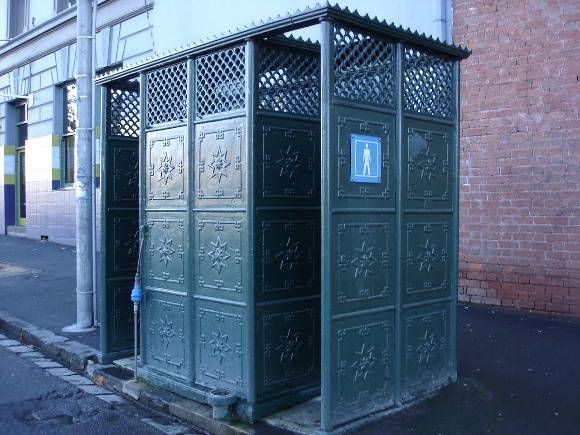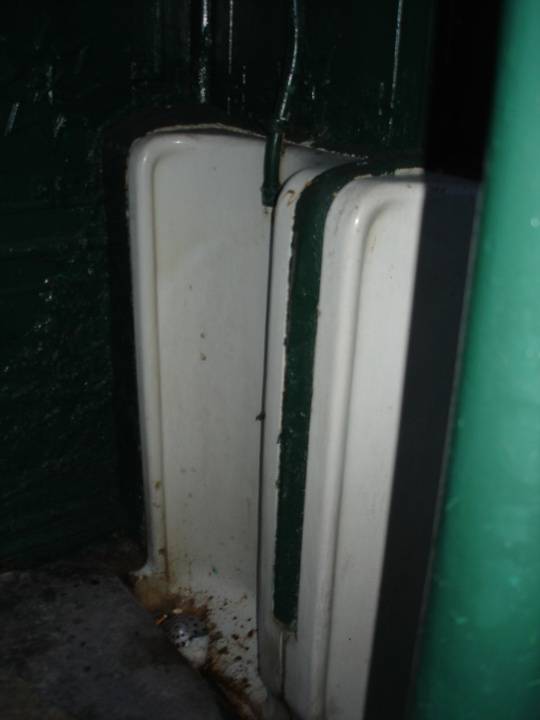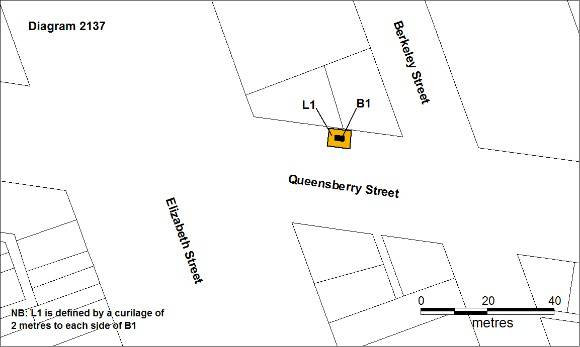| Back to search results » | Back to search page » |
|
CAST IRON URINAL
Other NamePublic urinal LocationQUEENSBERRY STREET MELBOURNE, MELBOURNE CITY
File Number606176LevelRegistered |
|
Statement of Significance
What is significant? The cast iron urinal on the north side of Queensberry Street, Carlton, is one of more than forty, the majority with two stalls, erected by the Melbourne City Council between 1903 and 1918, of which eight remain, all still being used for their original purpose. The structures employed a prefabricated system which enabled the urinals to be assembled on site or dismantled and relocated if required. This occurred often, as their prominent locations in the streets sometimes offended contemporary standards of public decency. All of these urinals were cast by C Monteith & Sons, ironfounders, of South Melbourne, whose name plate appears on most of them. Together with the new underground public toilets, built from 1902, they were connected to the new underground sewerage system, constructed by the Melbourne Metropolitan Board of Works from the 1890s and connected in the central city area in 1898. No site or drainage plans have survived for this urinal, and its precise date of erection is not known. The eight surviving cast iron public urinals in the City of Melbourne were made using a prefabricated system of interlocking cast iron panels and posts. The 600 mm square cast iron panels slotted between 70 mm diameter cast iron columns, fixed at the base to bluestone footings and at the top to a cast iron channel which also serves as a gutter. This urinal in Queensberry Street is a two stall urinal, opening directly onto the roadway, with stalls of white porcelain (but without the dividing columns and balls of the North Melbourne ones). The structure is intact: it was noted in Taylor's 1995 report that a metal roof had been added, but this has now been removed. How is it significant? The public cast urinal on the north side of Queensberry Street is of historical and architectural significance to the State of Victoria. Why is it significant? The cast iron urinal in Queensberry Street is historically significant as one of a number of such structures erected by the City of Melbourne between 1903 and 1918, which were among the first public toilets in the City connected to the new underground sewerage system. They are a reminder of Melbourne's transition from a smelly disease ridden city to a healthier, cleaner and more modern metropolis in the first two decades of the twentieth century. The provision of a much greater number of public facilities for men compared to women in the city is a reflection the continuing gender inequalities in Victorian society at the time. The cast iron urinal in Queensberry Street is of architectural significance as an example of an unusual building type and of early twentieth century civic design, demonstrating the elegant street furniture developed in Victoria at the time. Although serving a basic function, the urinals were still designed to be an attractive addition to the city streetscapes.
Group
Community Facilities
Category
Public Lavatory






